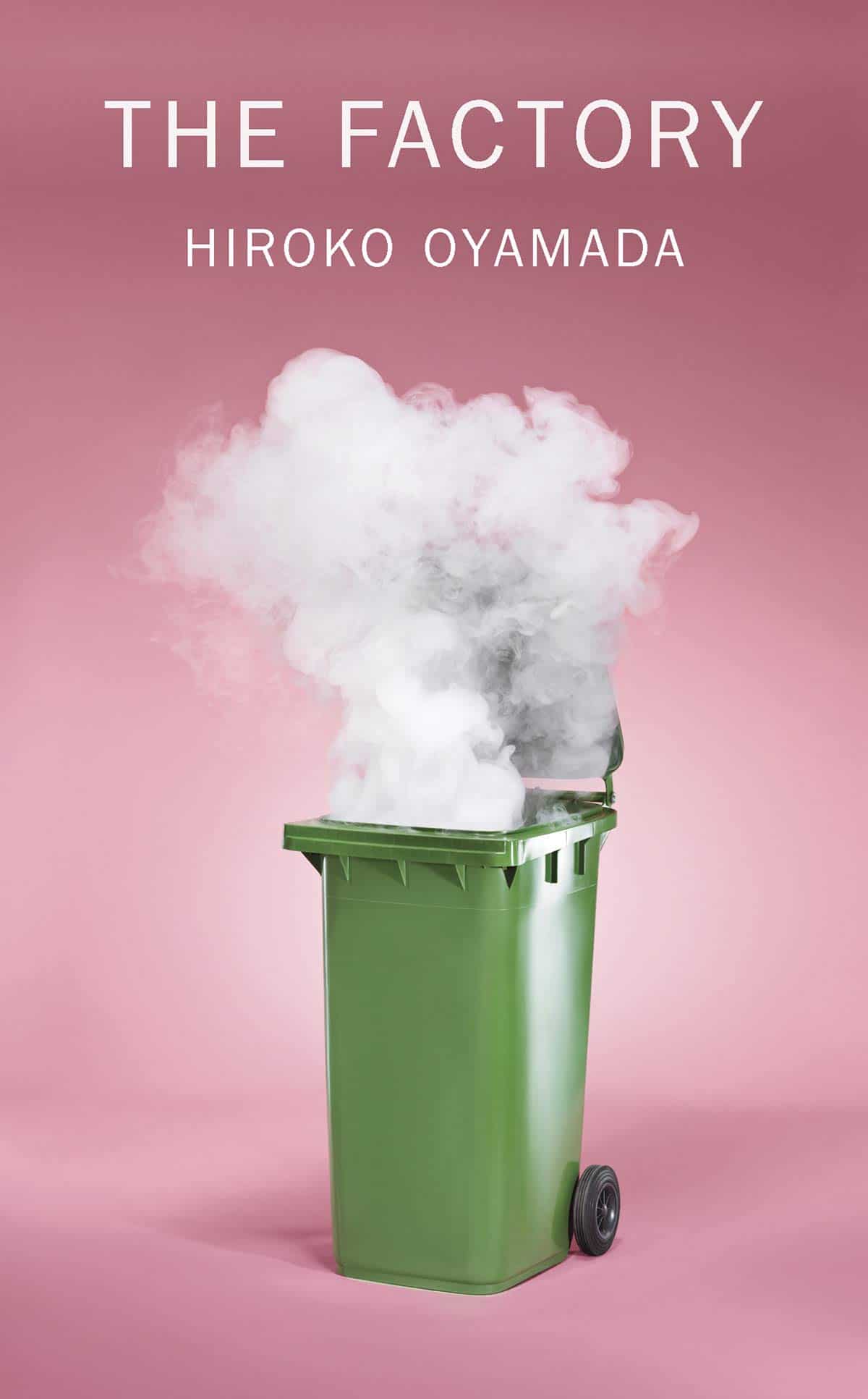The Factory
by Hiroko Oyamada
translated by David Boyd
Reviewed by Anu Kandikuppa
I work, you work, we all work. We work for money, fulfilment, immortality. We love our work or hate it. Often we are indifferent to work. We may never find love, but we all find work. Lack of work shames us and may destroy us. You’d think there would be more novels about work.
The Factory by Hiroko Oyamada, the author’s English-language debut translated by David Boyd, is a recent addition to literature about work that includes Joshua Ferris’s Then We Came To The End, and, more recently, Halle Butler’s The New Me. While the specifics of work novels vary, what they generally have in common is this idea: work sucks.
Oyamada builds the vivid, bleak world in her slim novel (it’s under 150 pages) via a plainspoken narrative made up of alternating first-person accounts by three new employees of a Japanese company known only as the factory. Ushiyama, a liberal arts graduate, shreds paper, her brother, a fired systems engineer, proofreads obscure documents, and Furufue, a moss scientist, is tasked with “green-roofing” the factory’s buildings.
All three begin the novel feeling grateful to the factory for employing them, but it’s soon apparent that they only have a vague understanding of the context of their jobs. They don’t even know what the company makes and feel demoralized by their meaningless, opaque work, for which they are over-qualified. The novel dwells longest on the characters of Ushiyama and Furufue. Through them Oyamada explores alternate attitudes to work.
Furufue’s job is the most perplexing. He works alone, without a supervisor, and his task is virtually impossible for one man to accomplish. The passage of time is hazy in the novel. It therefore comes as a jolt to the reader that Furufue has been (literally) gathering moss for fifteen years: he has grown old in a job he does not comprehend. His job has perks – low-cost housing, raises every year – therefore he is almost content but defensive. “This is my life,” he thinks. “This is what I’m paid to do. It’s not like if I refused my salary it would somehow find its way to the people struggling to make ends meet.”
In contrast to the defensive resignation into which Furufue, who fits the mold of a white-collar worker, sinks, Oshiyama dwells in an existential funk. “What am I doing here?” she thinks. “… I don’t want to work. I really don’t. Life has nothing to do with work and work has no real bearing on life. I used to think they were connected, but now I can see there’s just no way.” In real life we know people with both mindsets and might belong to one or other camp ourselves.
The campus on which the factory is situated plays a large part in the control it exerts over its employees. It is via the depiction of a complete, constricting ecosystem in which workers are trapped that Oyamada’s novel tightens the corporate noose and distinguishes itself from other satires of the workplace.
The campus is vast. A bridge that spans the breadth of a river takes more than an hour to cross on foot. The vegetation in the north differs from that in the south. Fauna unique to the campus abound. Black birds, of which there are more every year are “black all over” while similar birds in other parts of the country are “…never black around the eyes….” Rodent-like coypus grow to be six feet long, even though “… coypus shouldn’t be anywhere near that….” The plot thread that runs most strongly through the novel is that of the mystery surrounding the increasing numbers and types of the animals. There is the suggestion that employees literally turn into lesser animate forms. The novel ends in Oshiyama’s perspective, as it began, thus: “…as soon as the shredder swallowed the last pages, I became a black bird.”
It’s worth noting that the novel is also inhabited by characters such as Goto, the middle manager, who are not consumed by the depressive fog that surrounds our main protagonists. Some people, it seems, thrive on work. This rings true. For eleven years I slaved at a consulting job, the poetic alignment of graphs and numbers one of my biggest incentives. What is it about work that appeals to some people? The challenge? Recognition? Power? What, in other words, would Goto say about work?
Speaking of power, lack of it plagues Oyamada’s protagonists, as it does the protagonists in Ferris’s and Butler’s novels. But it’s possible for even the powerless to become absorbed in work. In his treatise on work, The Pleasures and Sorrows of Work, Alain de Botton suggests that even tiresome work redeems itself for some doers: for example, an audit process feels like “a piece of carpentry,” art, to an accountant he interviews. It’s possible that there is a vacant spot in the line-up of work novels for one that explores the pleasures of work, although it won’t be as agreeably unsettling as Oyamada’s novel.

The Factory
By Hiroko Oyamada
New Directions
ISBN: 978-0811228855
About the Author
 Anu Kandikuppa’s fiction has appeared or will appear in Calyx, Epiphany, Michigan Quarterly Review, Your Impossible Voice, and other journals, and has received nominations for the Pushcart Prize and the Best of the Net anthology. She lives in Boston and worked as an economics consultant in a former life.
Anu Kandikuppa’s fiction has appeared or will appear in Calyx, Epiphany, Michigan Quarterly Review, Your Impossible Voice, and other journals, and has received nominations for the Pushcart Prize and the Best of the Net anthology. She lives in Boston and worked as an economics consultant in a former life.
